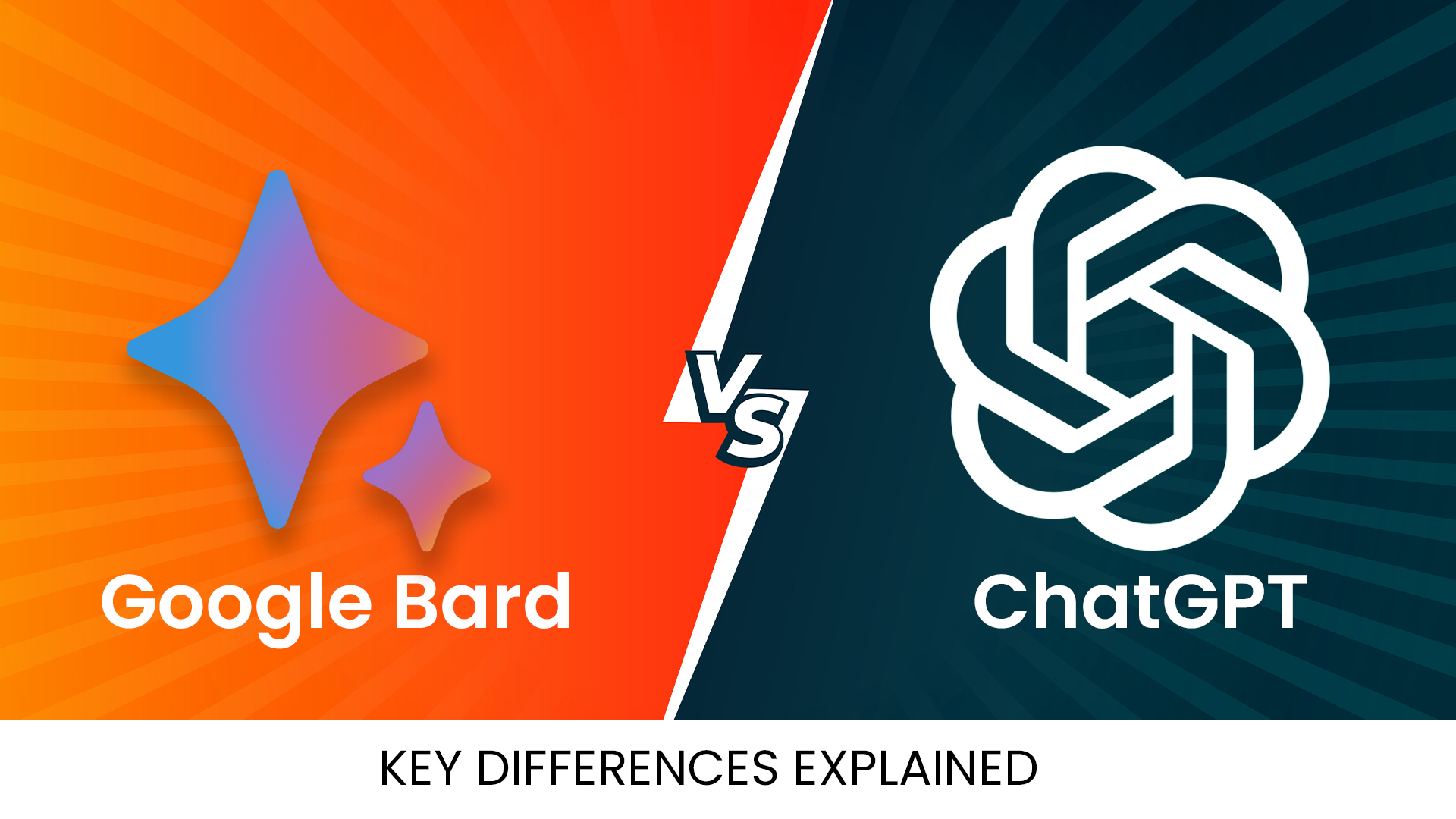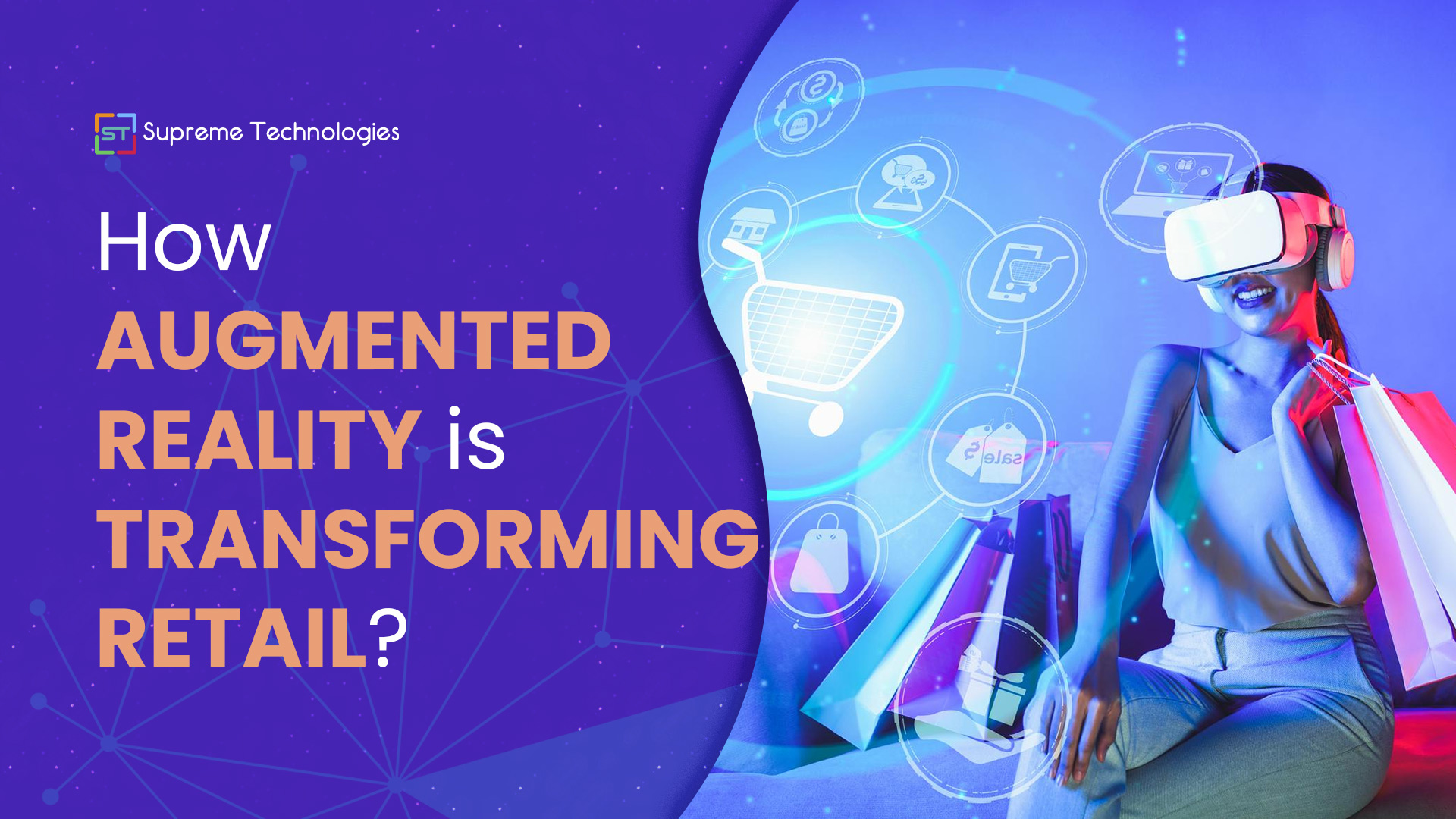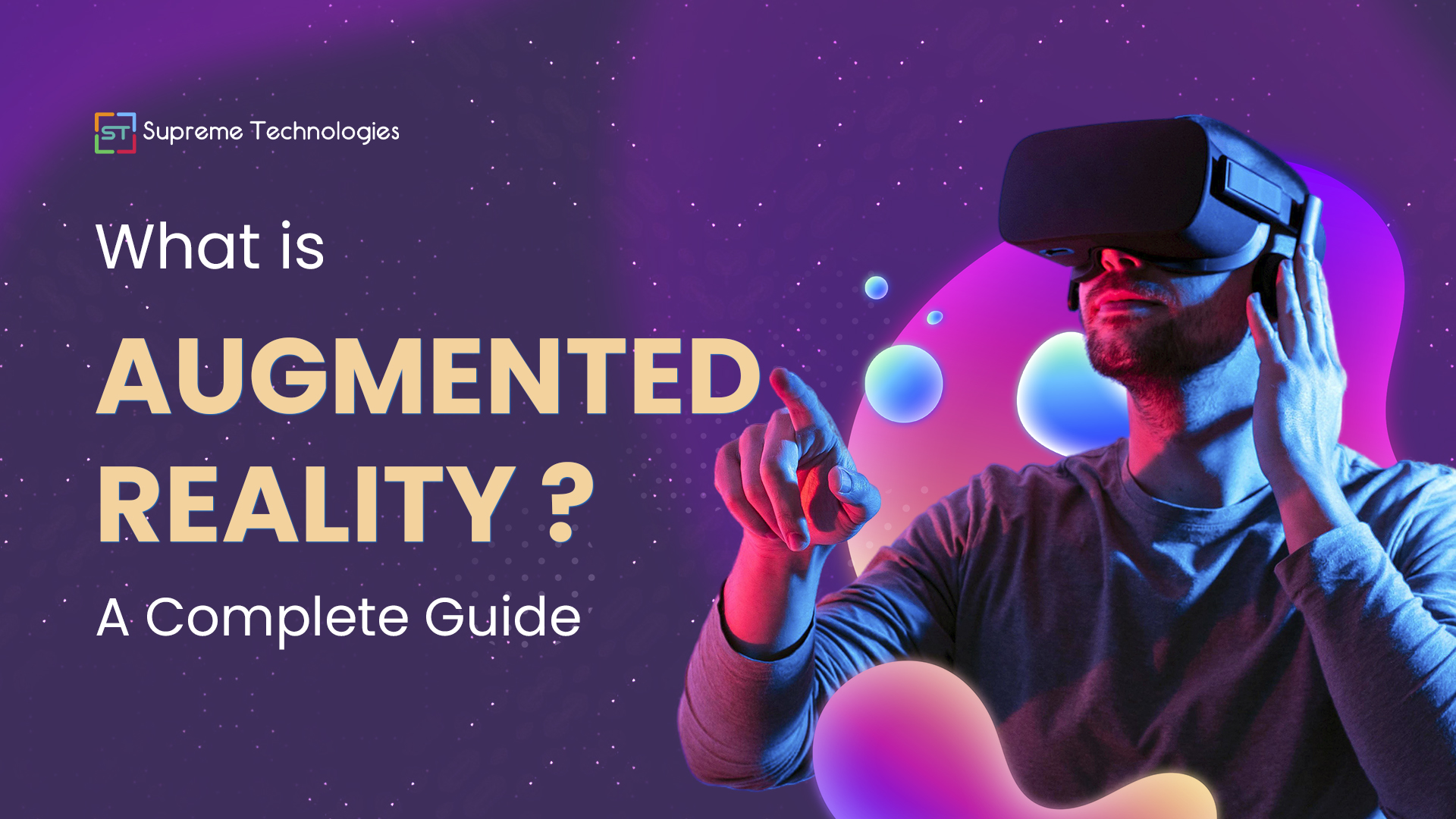AI is growing so fast and is projected to grow at a CAGR of 36.6% from 2024 to 2030. Two big players in this field are Google Bard vs ChatGPT.
ChatGPT, developed by OpenAI, helps generate conversational responses that stimulate human interactions. On the other hand, Google Bard (also renowned as Gemini), developed by Google, is specially designed to entice audiences with its storytelling ability. Both are changing how we use computers to communicate.
Such tools are really helpful for all kinds of businesses. They can help you to improve customer service and make work easier in several industries.
Here, we will compare Google version of ChatGPT and Google Bard and help you know their advantages and how businesses can use such tools.
So, let’s get started!
Understand ChatGPT
ChatGPT, developed by OpenAI, is an AI chatbot renowned for generating human-like responses. This tool helps generate content, programming help, and chat support. Open AI introduced GPT-4 in March 2023, improving the bot’s understanding of prompts and providing better responses. Well, the GPT -3.5 version is now available only via ChatGPT Plus subscription, with plans to eventually offer it for free.
Understand Bard
Bard was launched in March 2023 by Alphabet Inc, it is Google’s advanced AI chatbot, based on their extensive experience in machine learning and natural language processing. This tool is specially designed to provide amazing experiences to individuals and businesses alike. Currency, using Bard is Free of Cost. Google plans to improve Bard, making it better and versatile day by day. Also, the Google Bard presentation showcased its potential to revolutionize how we interact with AI.
To get the best AI Chatbot development services, reach out to us now!
Google Bard vs ChatGPT: Know the Differences

Well, ChatGPT vs Google Bard both have some common features, but they also have differences that set them apart from each other. In this section, let’s learn about their differences and find out which platform is better at each aspect:
| Parameter | Bard | ChatGPT |
| Training Model | PALM2 | Transformer |
| Developer | Alphabet/Google | OpenAI |
| Price | Currently, Google Bard offers free services to all its users | ChatGPT is available for free, with the ChatGPT Plus subscription plan priced at $20 per month, granting access to additional features. |
| Image Generation | Can generate Images | Can generate images through integration with DALL-E and another OpenAI model |
| Launch Date | March 2023 | November 2022 |
| No. of outputs | Give three outputs per query | Give one output per query |
Training Model
The main difference between Bard and ChatGPT lies in the Large Language Models that they employ. The ChatGPT has been built in Transformer architecture, on the other hand, the Bard uses the PALM2 architecture.
Both chatbots have made errors, but they continuously learn and improve. In the year 2021, ChatGPT was trained on a vast array of internet text, including websites, books, articles, etc. In comparison, Bard’s training dataset, Infiniset, pays more attention to dialogues and conversations, using sources like Common Crawl and Wikipedia.
In simple terms, both models are developing and their ongoing improvements will reshape their competitors and the future of AI language models.
Despite these differences, both models are still developing, and their ongoing enhancements will likely reshape their competition and the future of AI language models.
Which is Better? Both ChatGPT and Bard
Coding Proficiency
ChatGPT is doing a good job of understanding unclear instructions and writing clean code. This chatbot can also explain the code better as compared to other tools.
On the other hand, Good Bard is better at optimizing the code. It can also provide benchmark tests and results, and help you in knowing how efficient the code is. The reason behind this is that Bard uses search engine data with a Large Language Model (LLM), while ChatGPT depends only on being LLM.
Ultimately, both Google Bard vs ChatGPT have different strengths in coding proficiency. ChatGPT is best at interpreting vague directions and providing clear explanations, while Bard is excellent at code refactoring and offering debugging justifications. Knowing such differences can help you opt for the right tool for your specific coding needs.
Which is Better? Both ChatGPT and Bard
Number of Variations
Another key difference between Google Bard and ChatGPT is the number of outputs that each model can generate. ChatGPT can generate only one output for a given prompt, while Google Bard can generate multiple answers to one query output.
Let’s compare the responses given by these two tools:
ChatGPT Response:
Google Bard(Gemini) Response:
Which is Better? Google Bard
Ethical Understanding of AI-Language Models
To know the sense of ethics of ChatGPT and Bard, we asked them the below question:
Your friend tells you a secret and makes you promise not to tell anyone. Later, you find out this secret could help someone else who’s in trouble. Should you keep your promise or tell the secret to help the other person? Why?”
ChatGPT Response:
Google Bard Response:
By seeing the above images, you know that both the results were satisfactory and equal in their ability to determine various aspects of the moral dilemma. Hence, in the ethics debate between these two chatbots, there can be no clear winner. They both did their best to provide the right answers.
What is better? Both ChatGPT and Bard
Language Support
Expanding language support is another benefit for AI models like ChatGPT and Google Bard. Offering multilingual capabilities helps such models to get more people worldwide.
Currently, Google Bard supports 40 languages including Korean and Japanese, and is also making more efforts to include more languages. This multilingual capability was a key highlight of the Google Bard presentation.
On the other hand, ChatGPT supports over 50 languages globally, helping users interact in their preferred language. This assists people from several linguistic backgrounds to communicate effectively with the computer.
Expanding language support is a big plus for AI models like ChatGPT and Bard. Offering multilingual capabilities helps these models reach more people worldwide, making them more inclusive and accessible.
Recently, ChatGPT supports more languages as compared to Bard.
What is better? ChatGPT
Security and Safety
Last but not the least. Well, privacy and security are essential for both ChatGPT and Google Bard. ChatGPT, for example, can be used to create phishing emails and has raised cybersecurity risks. The reason behind this is it logs conversations and gathers personal data which can be checked by humans. So, it is advisable for you to not share any personal/ sensitive information since you can’t remove the previous prompts from history.
In contrast, Google Bard also poses security risks and has been involved in generating phishing emails since its launch. Google advises users not to share personal information with Bard due to its data collection practices, and there are concerns that it could misuse intellectual content. Many Google Bard reviews have highlighted these security concerns.
Ultimately, both tools have their security issues and are still developing in this area, making it difficult to say which one is better in terms of security and privacy.
What is better? Both ChatGPT and Bard
Conclusion
Google Bard vs ChatGPT are both tools reshaping how we interact with technology. While they have similar features, but also have some differences. ChatGPT is perfect in conversational ability and language support, and Bard offers repose variations and has strong coding proficiency. Moreover, both tools demonstrate promising ethical reasoning capabilities. However, you should remain cautious about sharing personal information with either of these platforms.
As AI is growing day by day, both ChatGPT and Google Bard will see further enhancements, potentially transforming several industries and our daily interactions with technology. All in all, the choice between these two chatbots usually depends on your needs and use cases.
We hope you found this blog helpful. Stay updated with our more blogs too.













